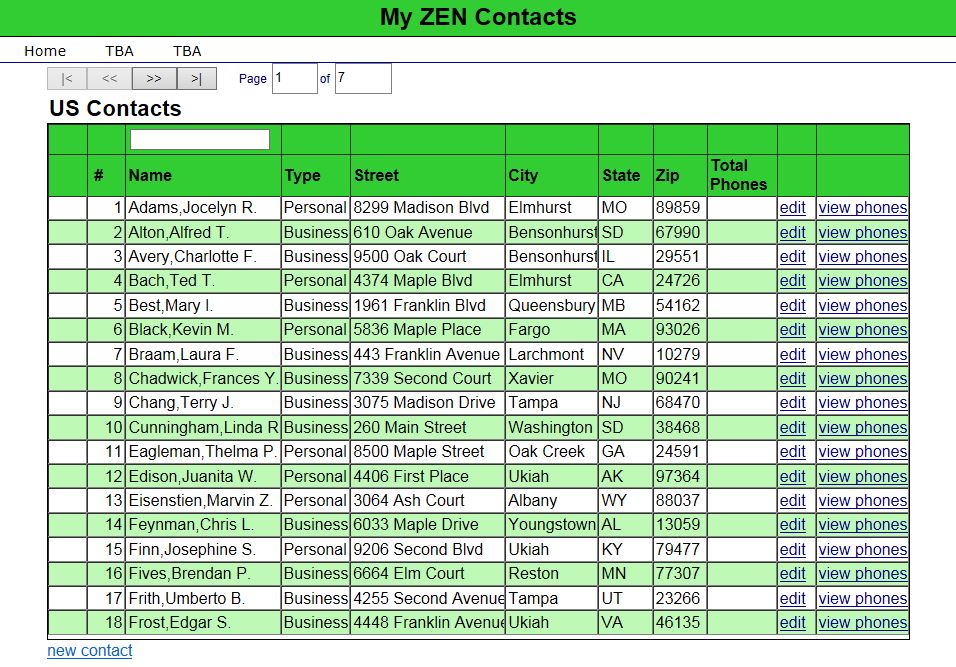In MySQL I have the following table:
CREATE TABLE `info` ( `created` int(11) );
And it is linked (via JDBC SQL Gateway) to Cache table mysql.info. `created` field stores unix timestamp. So when I execute this SQL in SMP:
SELECT created FROM mysql.info
I receive the following output (which is expected):

